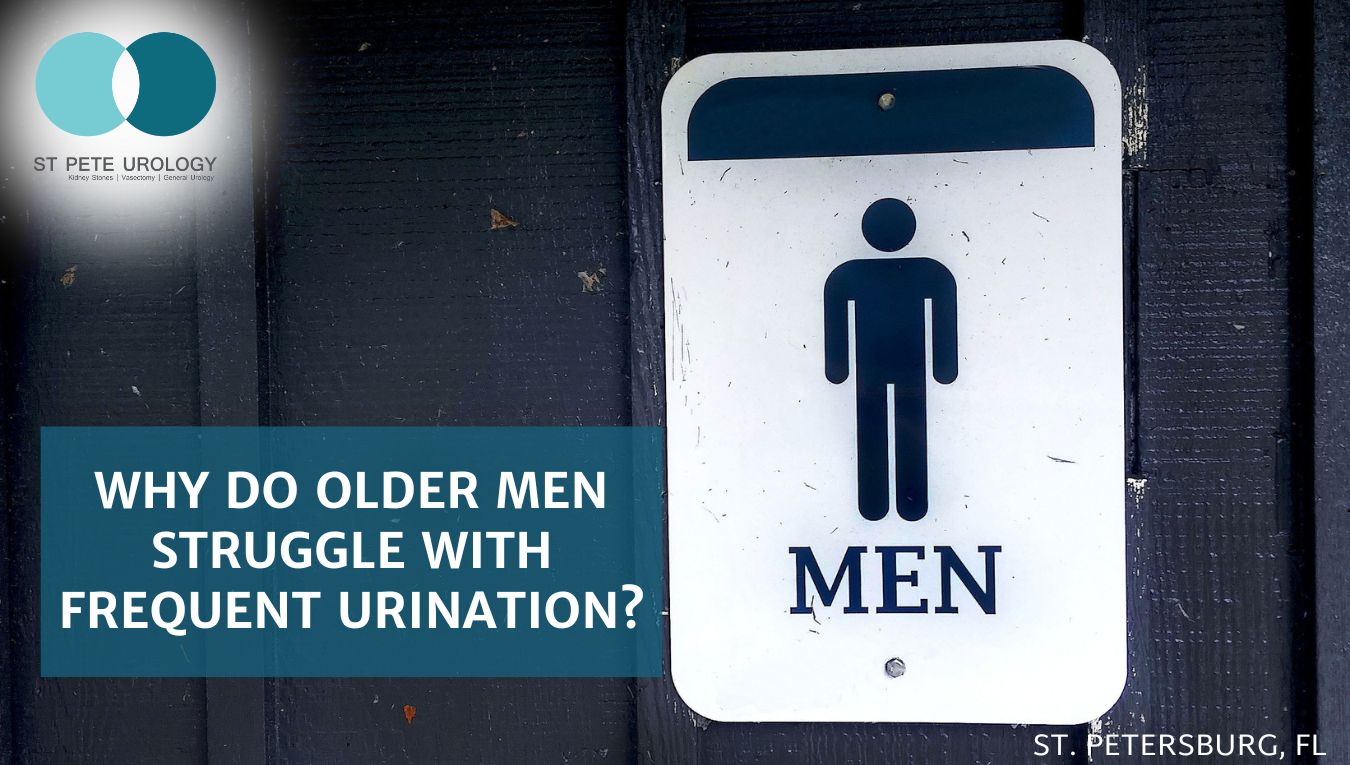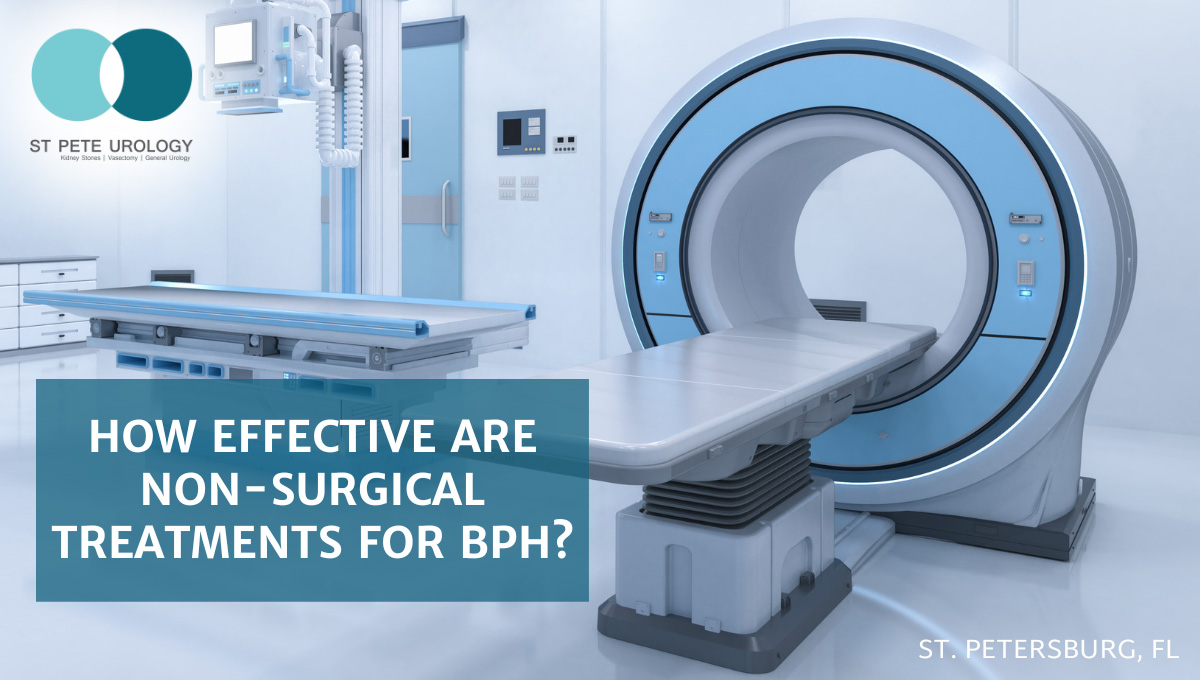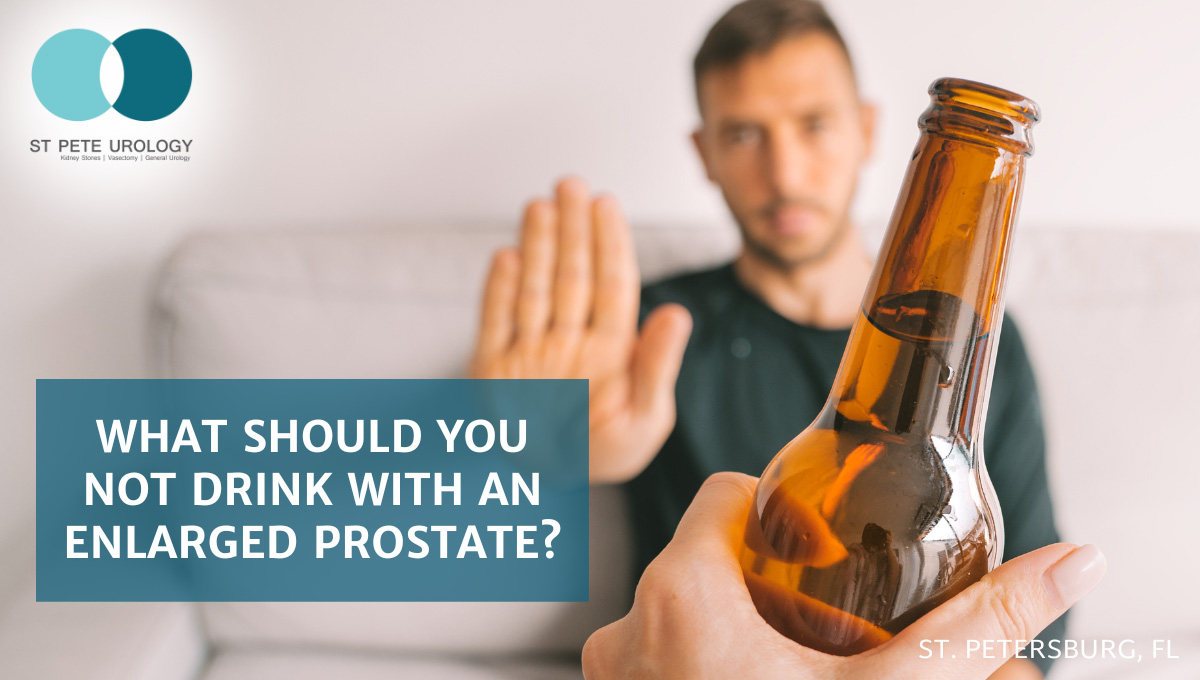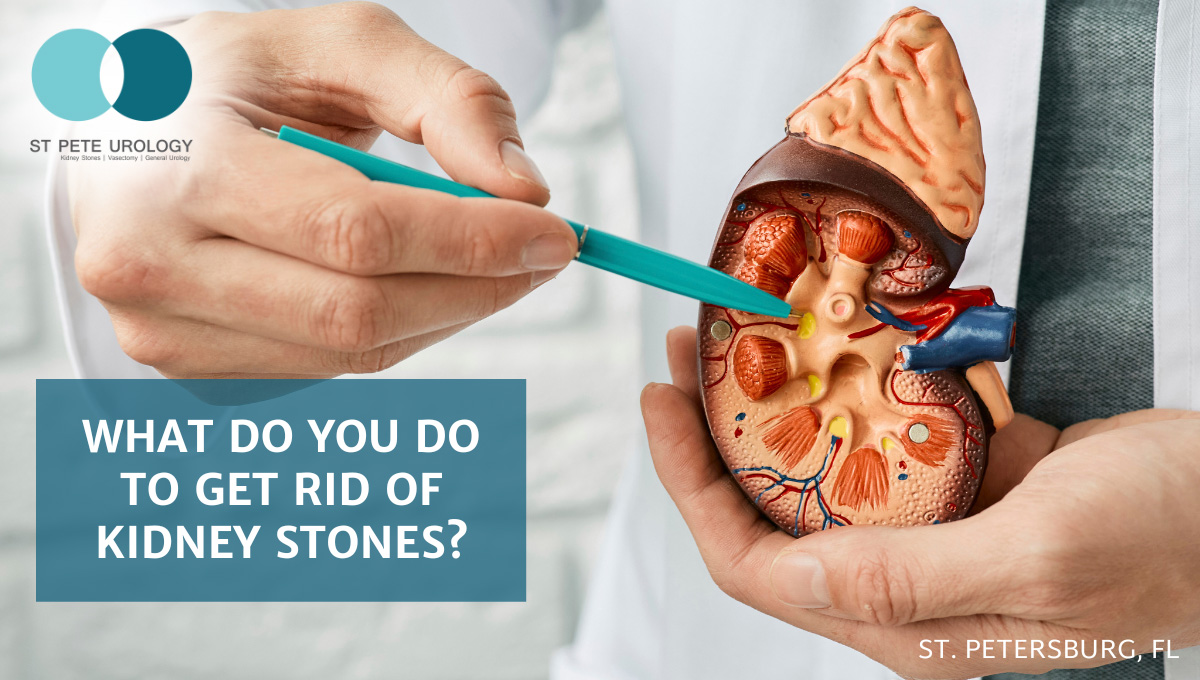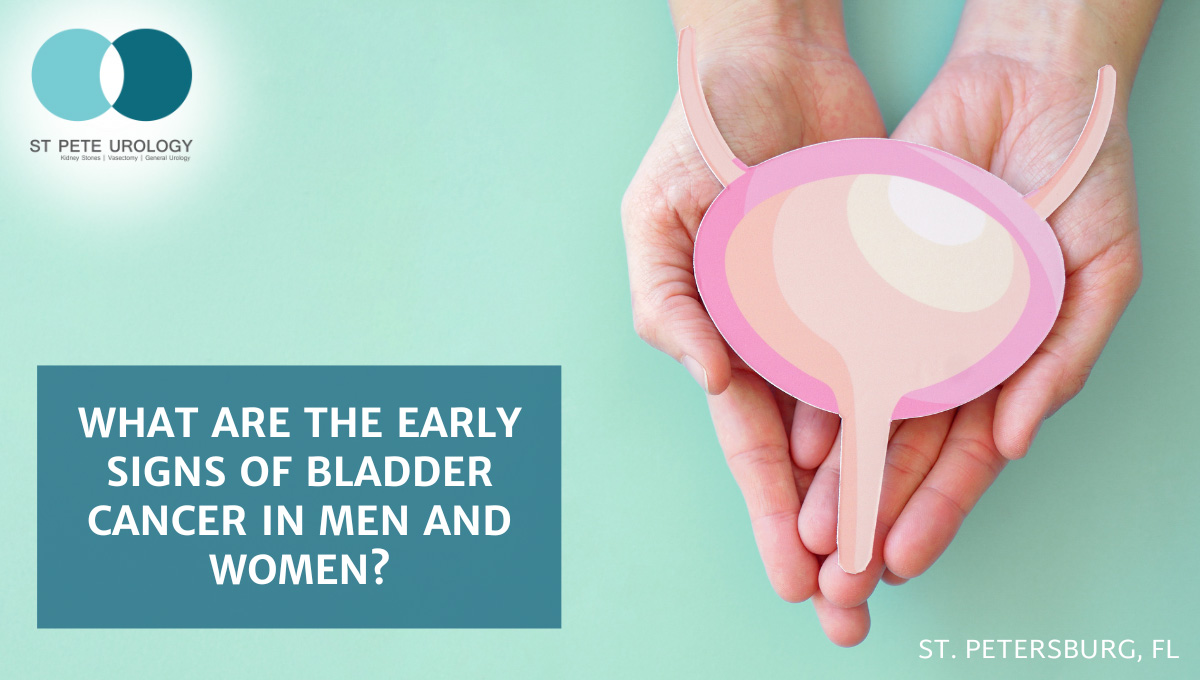Urine leakage when sneezing is stress urinary incontinence. Learn causes, treatments & relief in St. Petersburg, FL.
Continue readingWhy Do Older Men Struggle with Frequent Urination?
Discover why frequent urination in older men occurs, its impact on daily life, and effective treatment options to improve quality of life.
Continue readingHow Effective Are Non-Surgical Treatments for BPH?
How effective are non-surgical treatments for BPH? Understanding these treatments is a complex one, so find out more with St. Pete Urology.
Continue readingHow Does Age Affect Female Urological Health?
Some women might be surprised to learn how age can impact their urological health, which includes the kidneys, bladder, and urethra.
Continue reading9 Tips to Maintain a Healthy Urinary System?
Given its critical role in keeping our bodies clean, balanced, and functioning correctly, maintaining a healthy urinary system should be a top priority.
Continue readingWhat Happens If Overactive Bladder Is Left Untreated?
Left untreated, overactive bladder can wreak havoc on daily life. Interrupted sleep, stress and anxiety are some of the effects of OAB.
Continue readingWhat should you not drink with an enlarged prostate?
Avoiding alcohol and certain lifestyle choices are necessary when living with BPH. Learn what you should not drink with an enlarged prostate.
Continue readingWhat Do You Do to Get Rid of Kidney Stones?
What do you do to get rid of kidney stones? Explore comprehensive kidney stone treatment and prevention strategies at St. Pete Urology.
Continue readingCan Obesity Cause Erectile Dysfunction?
Can obesity cause erectile dysfunction? Learn about the link between obesity and ED, and discover strategies for better overall well-being.
Continue readingWhat Are the Early Signs of Bladder Cancer in Men and Women?
Recognizing early signs of bladder cancer is crucial. Learn symptoms, risk factors, and the importance of early diagnosis for better health.
Continue reading

